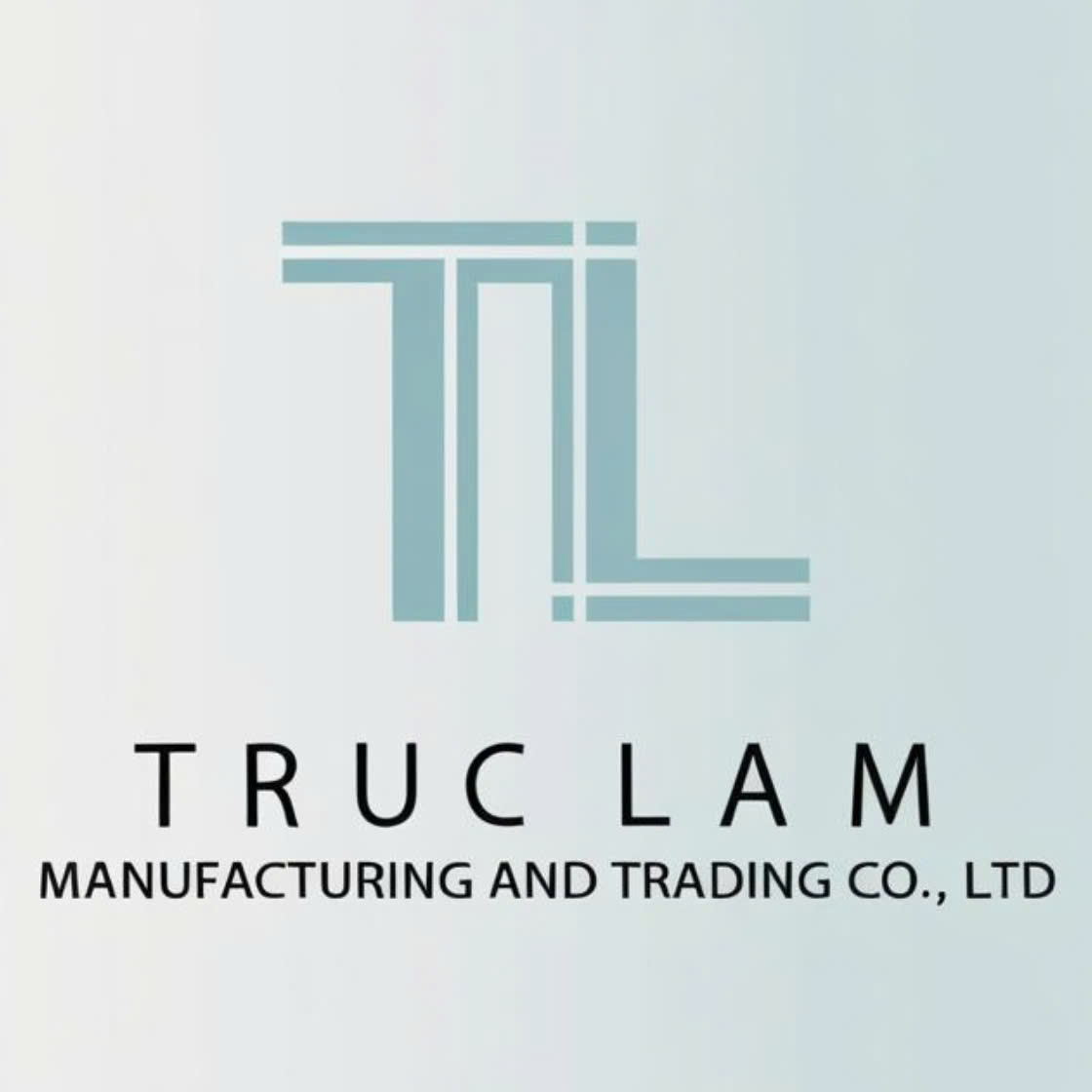Metal stamping, also known as pressing, is a manufacturing process that transforms flat sheet metal—either in coil or blank form—into specific shapes using a stamping press. Inside the press, a tool and die shape the metal through various techniques such as punching, blanking, bending, coining, embossing, and flanging.
This process is widely used across industries like automotive, aerospace, medical, and electronics, where high volumes of complex metal components are required. With global demand increasing, metal stamping has become a preferred method for producing intricate parts quickly and cost-effectively.
Why Choose Metal Stamping?
Manufacturers seeking metal stamping services prioritize:
- High quality and durability
- Cost-effective production
- Fast turnaround times
If you’re new to sheet metal fabrication, check out our guide: “Brief Description and Process of Sheet Metal Fabrication.”
Types of Metal Stamping
1. Progressive Die Stamping
Progressive die stamping involves multiple stations, each performing a specific function.
- A strip of metal is fed through the press, where successive stations perform cuts, punches, and bends.
- The work of each station builds upon the previous one, resulting in a fully formed part by the end of the process.
- Ideal for high-volume production, it reduces labor costs and improves consistency.
2. Fourslide Stamping
Also known as multi-slide stamping, this technique uses four different slides to shape the metal.
- Unlike traditional stamping, fourslide stamping can perform intricate cuts and multiple bends in quick succession.
- It offers greater design flexibility and better efficiency for complex part geometries.
3. Deep Draw Stamping
Deep drawing pulls sheet metal into a die using a punch, forming a part with a depth greater than its diameter.
- This technique is cost-effective for producing components requiring multiple diameters.
- Common applications include automotive parts, aerospace components, cookware, and electronic relays.
Metal Stamping Manufacturing Process
1. Tooling & Design
- Stock Strip Layout & Design: Engineers design the strip layout, determining feed direction, tolerances, and waste minimization.
- CNC Machining for Die Sets: High-precision CNC equipment, including 5-axis mills and wire EDM machines, ensures tight tolerances for intricate dies.
2. Secondary Processing
- Heat Treatment: Enhances durability and strength.
- Grinding & Finishing: Ensures high surface quality and dimensional accuracy.
- Wire EDM (Electrical Discharge Machining): Shapes metal using an electrically charged brass wire, allowing for precise cuts and complex contours.
3. Custom Metal Stamping
Custom metal stamping allows manufacturers to produce tailored parts that meet exact specifications for various industries. This process ensures high efficiency, cost savings, and consistent quality in large-scale production.
For more insights into metal fabrication, visit Truc Lam Co., Ltd.’s blog and explore the future of the sheet metal industry!
